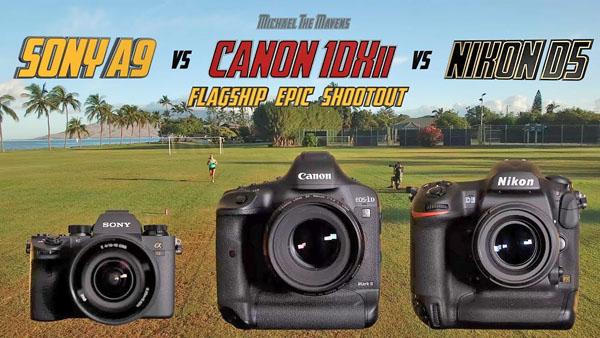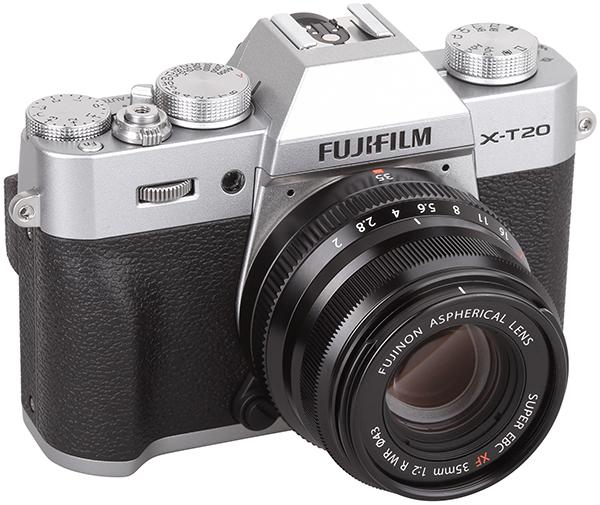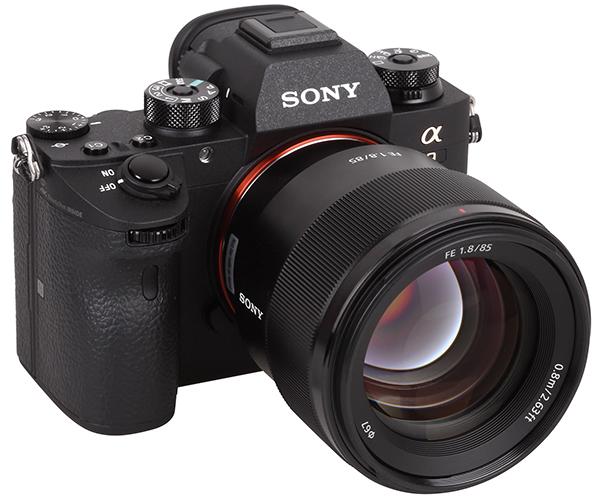Mirrorless Camera Reviews
Sort By: Post Date TitlePublish Date
|
Mar 15, 2018
Compact Camera NewsCompact Camera ReviewsDrone NewsDrone ReviewsDSLR NewsDSLR ReviewsLens NewsLens ReviewsLighting NewsLighting ReviewsMedium Format Camera NewsMedium Format Camera ReviewsMirrorless Camera NewsMirrorless Camera ReviewsPhoto Accessory NewsPhoto Accessory ReviewsPhoto Bag NewsPhoto Bag ReviewsPhoto Book ReviewsPhoto Gallery Show ReviewsPOV Camera NewsPOV Camera ReviewsPrinter NewsPrinter ReviewsSmartphone NewsSmartphone ReviewsSoftware NewsSoftware ReviewsTripod NewsTripod ReviewsVideo Camera NewsVideo Camera Reviews
|
Dec 27, 2017
|
Nov 30, 2017
|
Oct 26, 2017
|
Sep 19, 2017
Sony A9 vs. Canon 1D X Mark II vs. Nikon D5 Shootout: Which Flagship Camera Is Best for You? (VIDEO)
|
Sep 01, 2017
|
Aug 31, 2017
|
Aug 31, 2017
|
Aug 21, 2017
|
Jul 26, 2017
|
Jul 21, 2017















 (Editor’s Note: With this Field Review, the Sony A9 has received Shutterbug’s Top Clicks award for exhibiting exceptional quality. Read about our Top Clicks award at this URL:
(Editor’s Note: With this Field Review, the Sony A9 has received Shutterbug’s Top Clicks award for exhibiting exceptional quality. Read about our Top Clicks award at this URL: 
